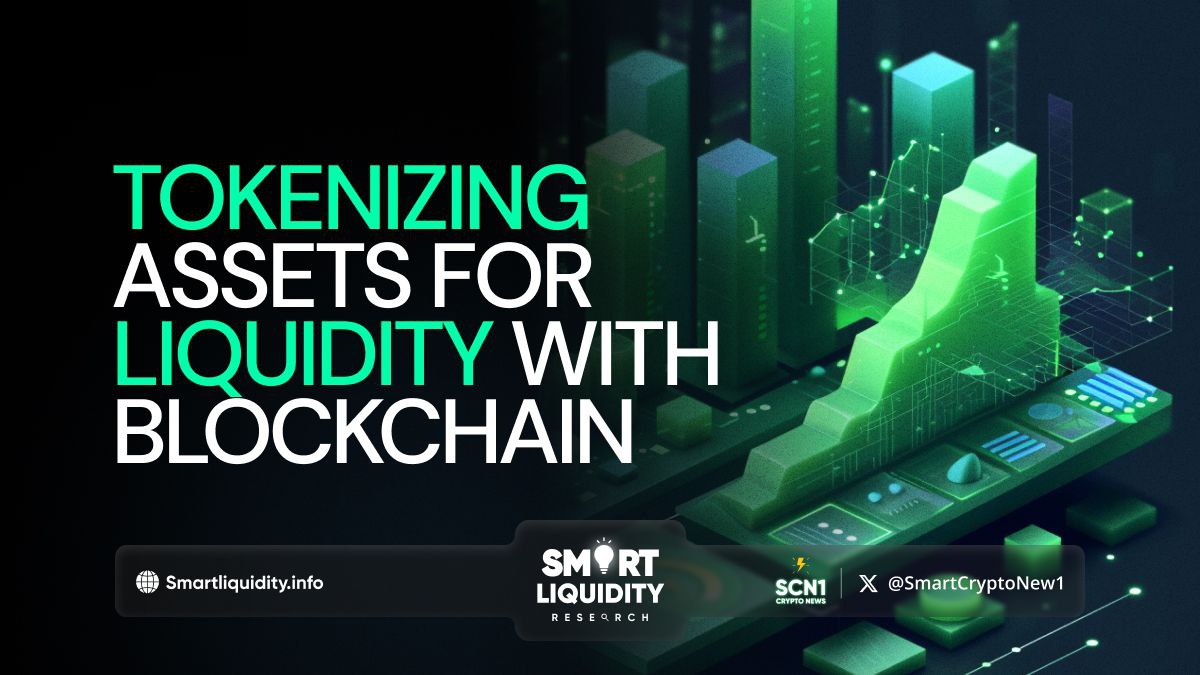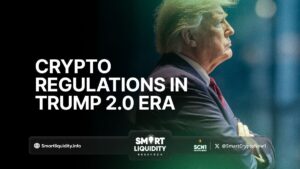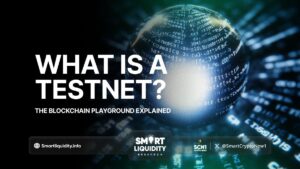Tokenizing Assets for Liquidity with Blockchain


Tokenizing assets for liquidity with blockchain! Deep dive into the role of blockchain technology on tokenizing assets for liquidity.
In recent years, the financial world has witnessed a transformative shift with the advent of blockchain technology. One of the most promising applications of this technology is the tokenization of assets, which has the potential to revolutionize liquidity in markets across the globe. But what exactly is tokenization, and how does it enhance liquidity?
Understanding Tokenization
Tokenization involves converting physical or digital assets into digital tokens on a blockchain. These tokens represent ownership or a stake in the underlying asset. Virtually any asset can be tokenized: real estate, stocks, art, commodities, and even intellectual property. By representing ownership through tokens, blockchain ensures transparency, security, and ease of transfer, eliminating many of the inefficiencies of traditional systems.
Enhancing Liquidity
Liquidity refers to how easily an asset can be bought or sold in the market without affecting its price. Traditional markets often suffer from liquidity issues due to lengthy transaction processes, high costs, and the difficulty of fractional ownership. Tokenization addresses these challenges in several ways:
- Fractional Ownership
Tokenization allows assets to be divided into smaller, more affordable pieces. For instance, a high-value asset like a piece of real estate can be divided into thousands of tokens, enabling more investors to buy and sell portions of the asset. This democratizes access and increases market participation. - 24/7 Trading
Unlike traditional markets that operate within specific hours, tokenized assets can be traded around the clock on global digital exchanges. This constant availability significantly enhances liquidity, as it enables transactions to occur at any time, accommodating investors from different time zones.
Reduced Costs and Speed
Blockchain technology minimizes the need for intermediaries, such as brokers and clearinghouses, reducing transaction fees and processing times. Smart contracts—self-executing contracts with the terms of the agreement directly written into code—automate and expedite transactions, further enhancing liquidity. - Global Access
Blockchain operates on a global scale, making it easier for investors from different regions to participate in markets that were previously inaccessible. This broadens the pool of potential buyers and sellers, increasing the overall liquidity of tokenized assets.
Real-World Applications
Several industries are already exploring and implementing tokenization. Real estate firms, for instance, are tokenizing properties to enable fractional ownership and easier transfer of ownership stakes. The art world is also benefiting, with high-value artworks being tokenized to allow multiple investors to own a share. Additionally, commodities like gold and oil are being tokenized to facilitate more efficient trading.
Challenges and Future Prospects
Despite its potential, tokenization faces challenges such as regulatory uncertainty, technological risks, and the need for widespread adoption. Regulators are gradually developing frameworks to address these issues, aiming to protect investors while fostering innovation. As these regulatory environments mature, the adoption of tokenization is expected to accelerate.
In conclusion, tokenizing assets using blockchain technology is a game-changer for enhancing liquidity in various markets. By enabling fractional ownership, 24/7 trading, reduced transaction costs, and global access, tokenization is set to democratize investment and create more efficient and inclusive financial markets. As technology and regulations evolve, we can expect to see even more innovative applications of tokenization, paving the way for a more liquid and interconnected global economy.




